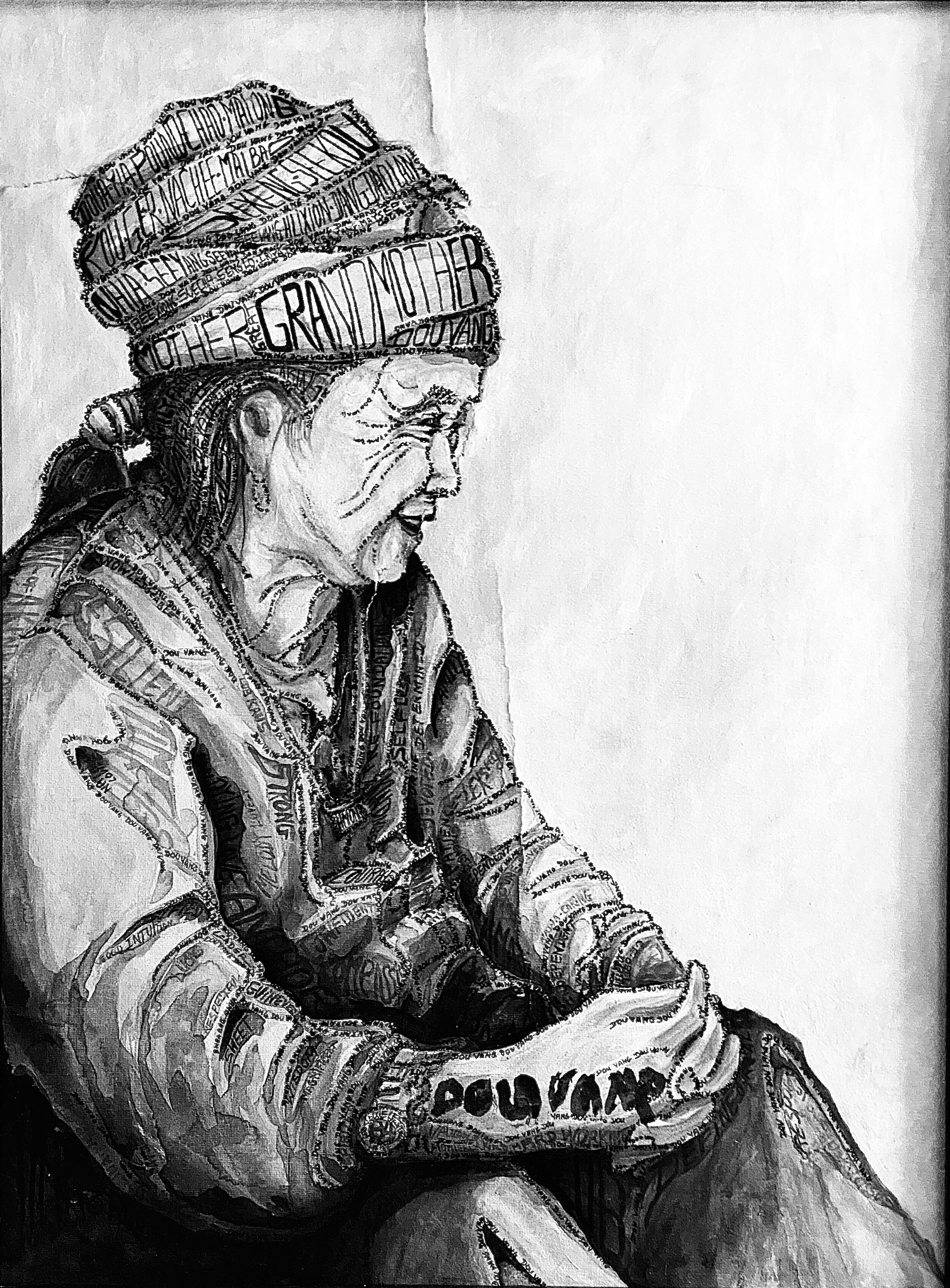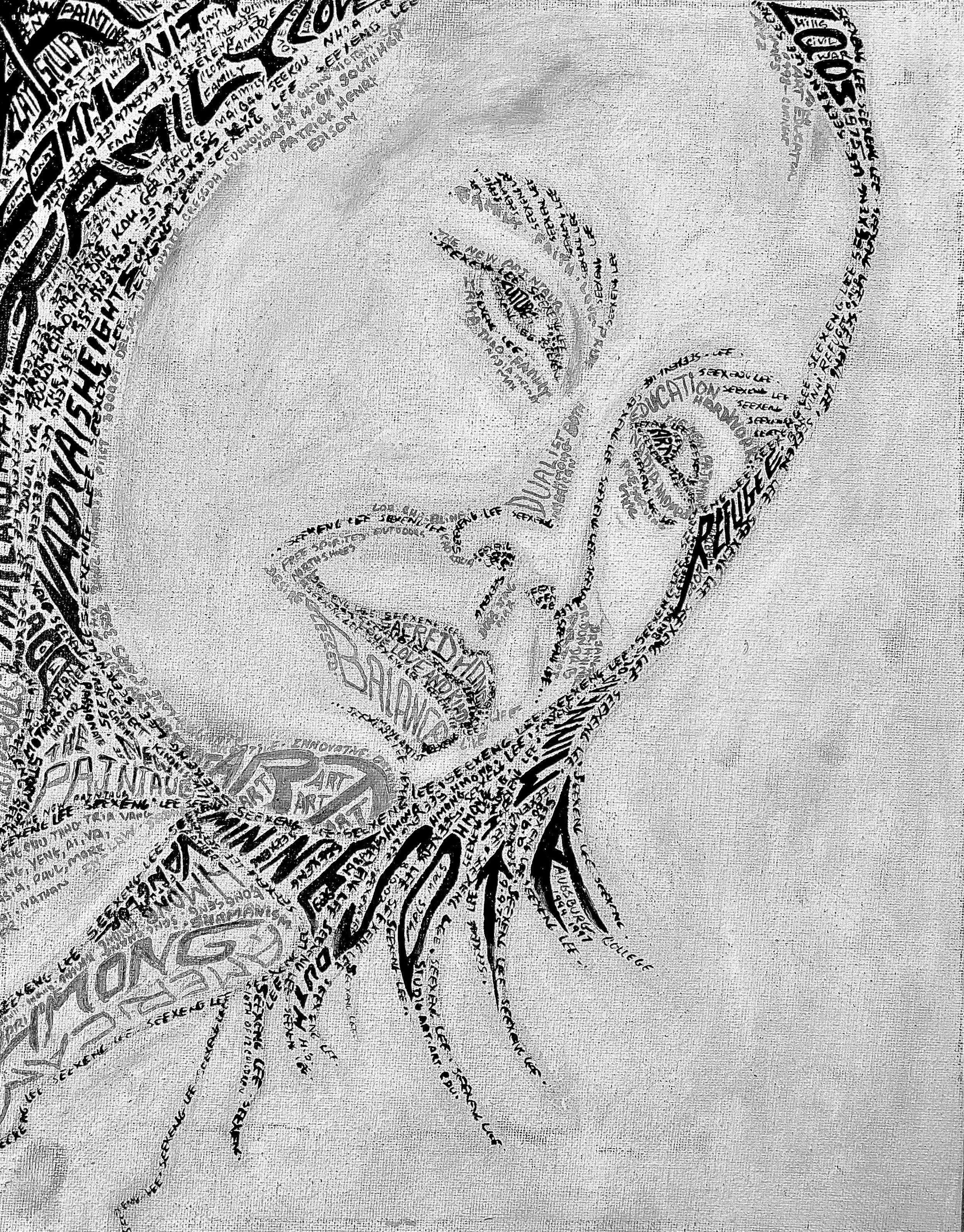This week I didn’t end up scheduling any time at my two residencies but I was given a wonderful opportunity by one of my former teachers to help teach a workshop for a Faculty Development day at my old high school. The workshop was titled “Identity Portrait Making” and I assisted two other artists in crafting a lesson that would provoke attendants of the workshop to consider the different facets of their identities and how those effect their experience of the world. The workshop was separated into three activities. I gave a small artist talk at the beginning of the lesson about my work and showed two self portrait paintings I did at very different times in my life. I then spoke about and showed work from artists who make work about identity such as Kehinde Wiley, Jenny Saville and Delita Martin. The other facilitators and I had asked the attendants of the workshop to select a work of art they felt connected to and put it in a google drive folder or bring a physical copy of it to the workshop. Afterwards, one of the other facilitators and I lead a discussion with each person about their selected work.
In the second activity we asked participants to create an “identity orb”. Each participant drew a circle in pencil and divided it in to 8 segments, each of them representing a place or situation (home, the doctor, election day, interacting with police). Then, they were asked to list 6 identity facets and choose colored pencils to represent each of those facets on their circle. Participants then created gradients of fluctuating colors based on how much the different facets of their identity mattered in the 8 different settings, creating an abstract orb.
The third part of the workshop was spearheaded by Seexeng, one of the other facilitators. In Seexeng’s work he had created text portraits of himself and his mother, seen below:
Each participant was given a printed photo of themselves, graphite, sharpies, and drawing paper. We led them through the process of a graphite transfer and then using the outline given from the graphite transfer, in sharpie they wrote on the lines facets of their identity and important parts of their life. In the end, creating a similar portrait to Seexengs shown above.
It was exciting to see teachers of all ages and subject matters get excited about art and think critically about their own identities. Some folks chose to stray away from recognizing more serious parts of their identity, like their white privilege, and I think that if we were to do this workshop again we should consider ways to help folks lean into their discomfort. Overall, it was such an enriching experience to see teachers, some of whom had taught me when I was younger, become students again.

